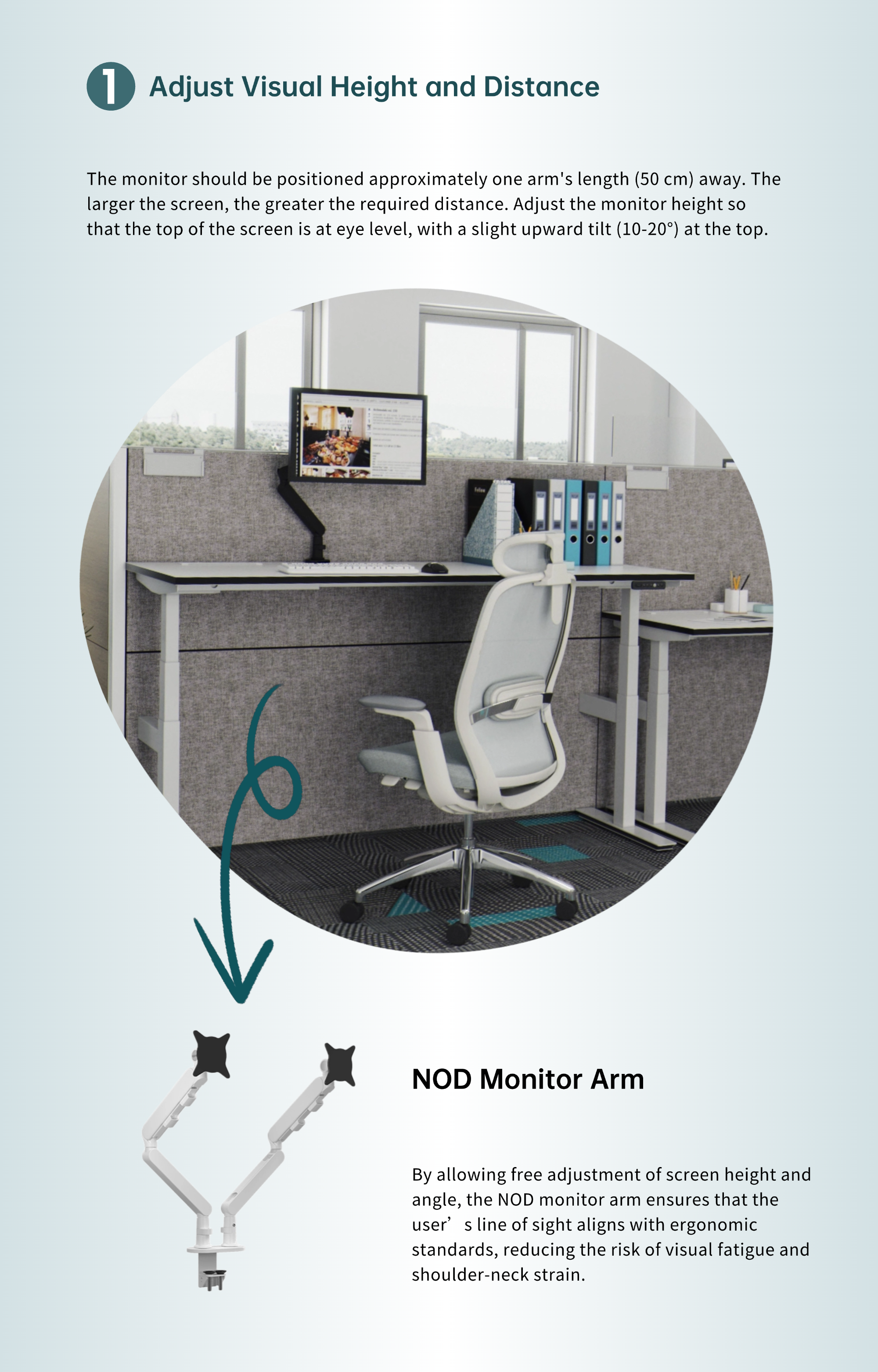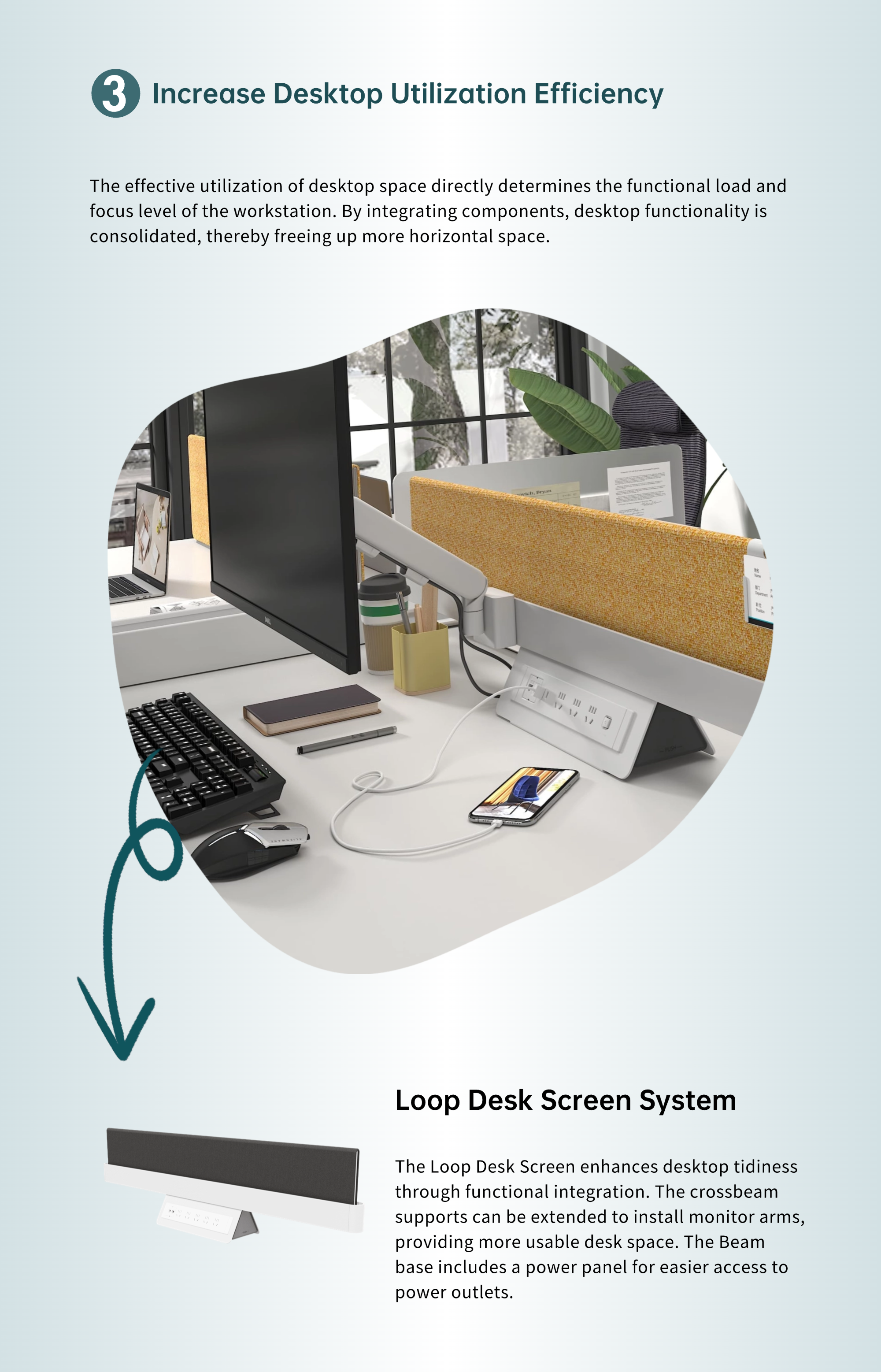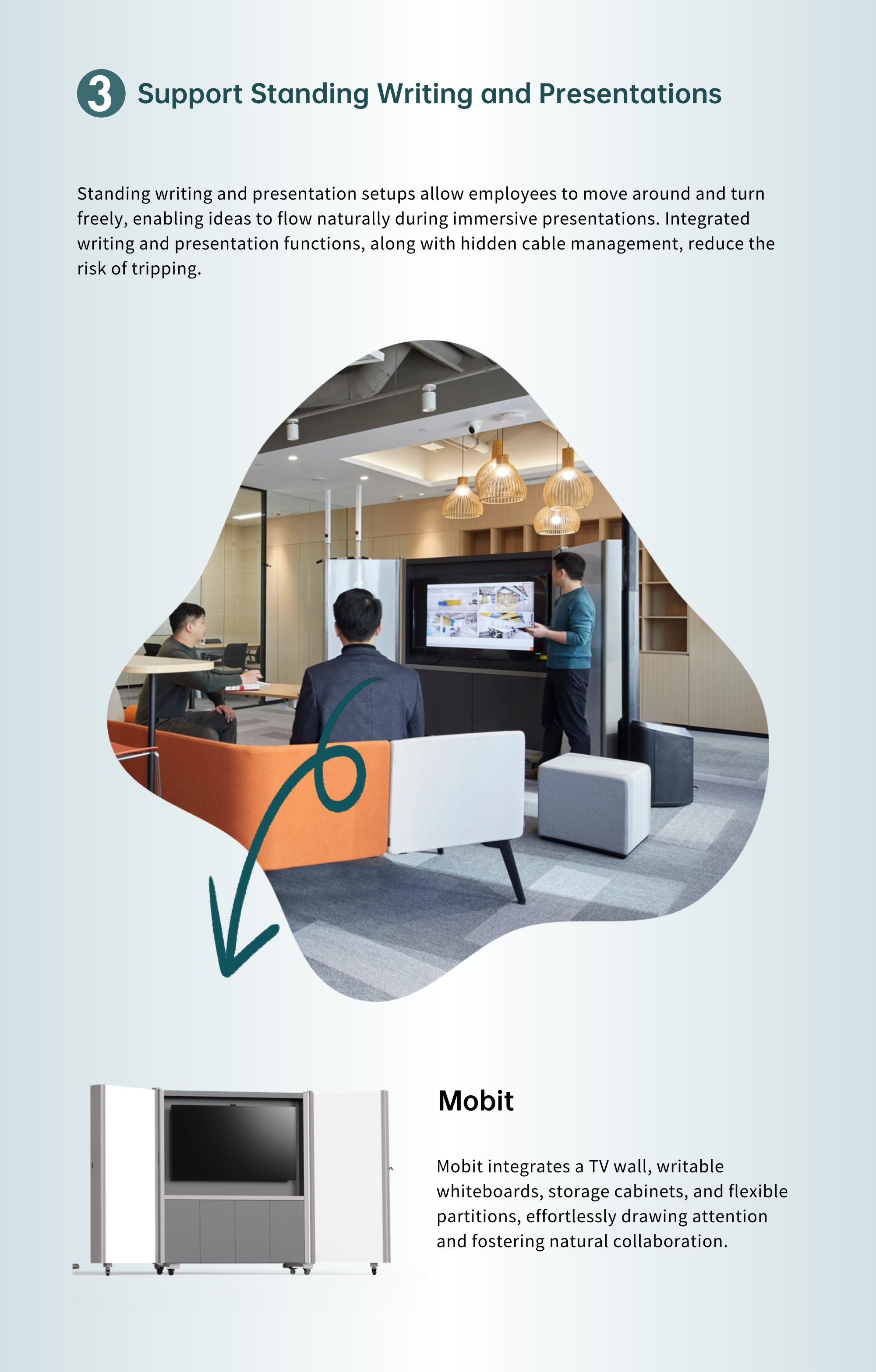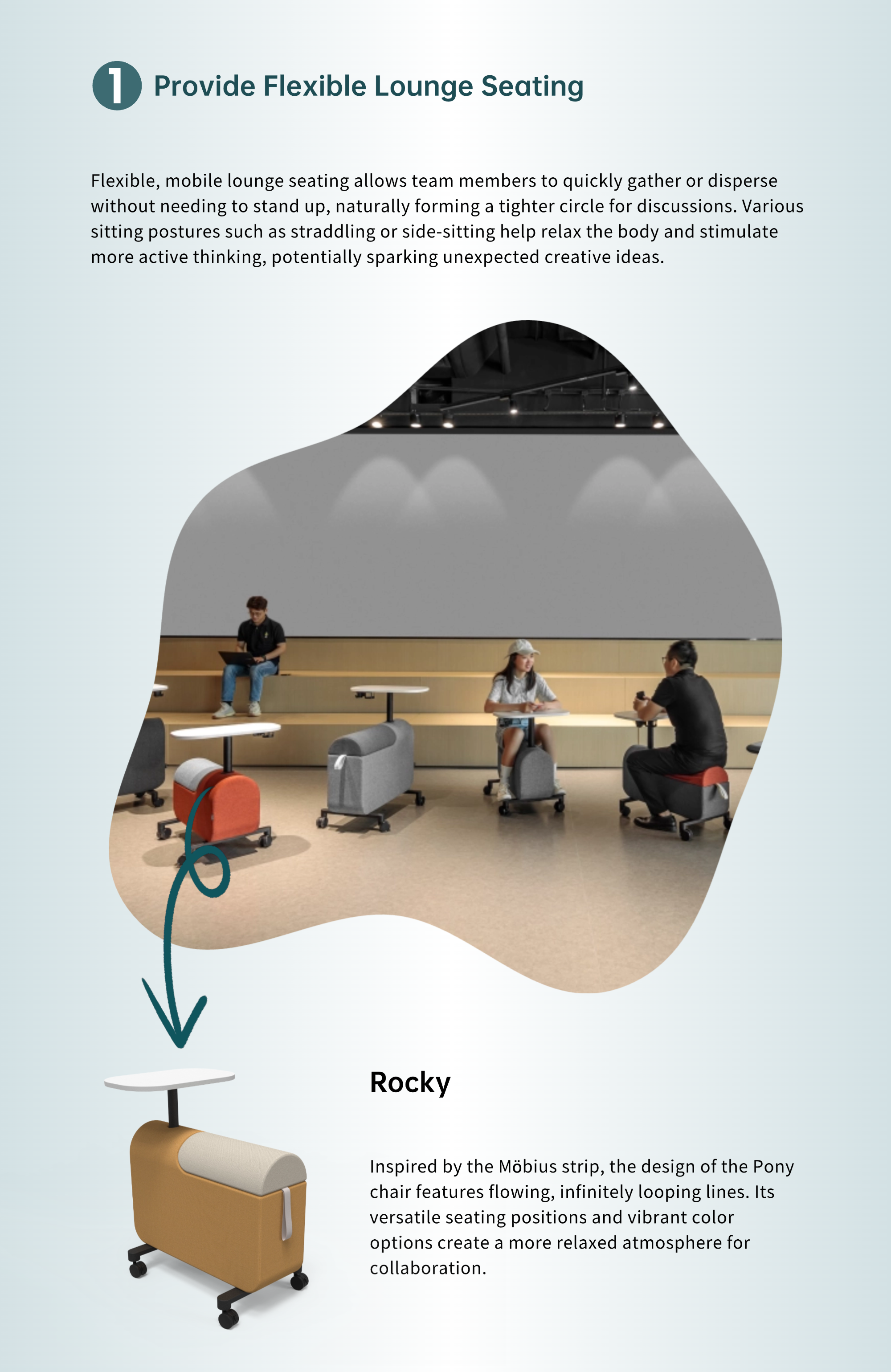
Conditions such as cervical deformities, carpal tunnel syndrome, and digital eye strain—nicknamed 'digital age workplace injuries'—are increasingly compromising the health of modern office workers at an alarming rate.
An even more hidden cost lies within corporate financial statements. Research by Microsoft reveals that poor workstation design leads to frequent postural adjustments, stealing an average of 1.7 hours of productive work time each day. Meanwhile, a sobering economic analysis from the Harvard Business Review calculates that for every sick day taken by an employee, the hidden costs borne by the company—including hiring replacements and project delays—are equivalent to 2.5 times the daily salary.
The future of corporate competition fundamentally hinges on 'ergonomics.' Ergonomics has evolved far beyond mere comfort, transforming into a revolution that reshapes productivity relationships. When employees no longer have to battle painful lower backs and dry eyes, the creativity they unleash will become the ultimate competitive edge for their companies.
Traditional office space design often relies on intuitive experience, leading to ergonomics being reduced to 'formalism.' For instance, generic standards are blindly applied without considering differences in employee heights or varying office and collaboration needs.
In this issue, NOVAH Next defines ergonomics through standardized criteria, breaking down the abstract concept of 'human comfort' into measurable scientific parameters. The company's ergonomic assessment is quantified into four steps and thirteen indicators, allowing for the evaluation and optimization of the ergonomic performance of office spaces.

In practical applications, NOVAH conducts in-depth research and analysis based on the characteristics of the client's industry and spatial features, providing customized ergonomic solutions.
After surveying a leading technology company, NovaWorks found that factors such as the height differences between different office equipment, the planning of storage systems, and the ergonomics of keyboard and mouse devices all impact employee experience.
Based on this, we focused on three angles: enhancing comfort for focused work, optimizing efficiency in collaborative communication, and inspiring creative ideas. We then improved the ergonomic performance of the office space in the following areas.










NOVAH consistently adheres to scientific practices, applying ergonomic principles to office space design. By optimizing office spaces and workstation systems, NovaWorks reduces employee fatigue and discomfort, thereby enhancing overall work efficiency and effectively lowering the company's hidden costs. This is not just an evolution in space design but also a value investment in organizational vitality.